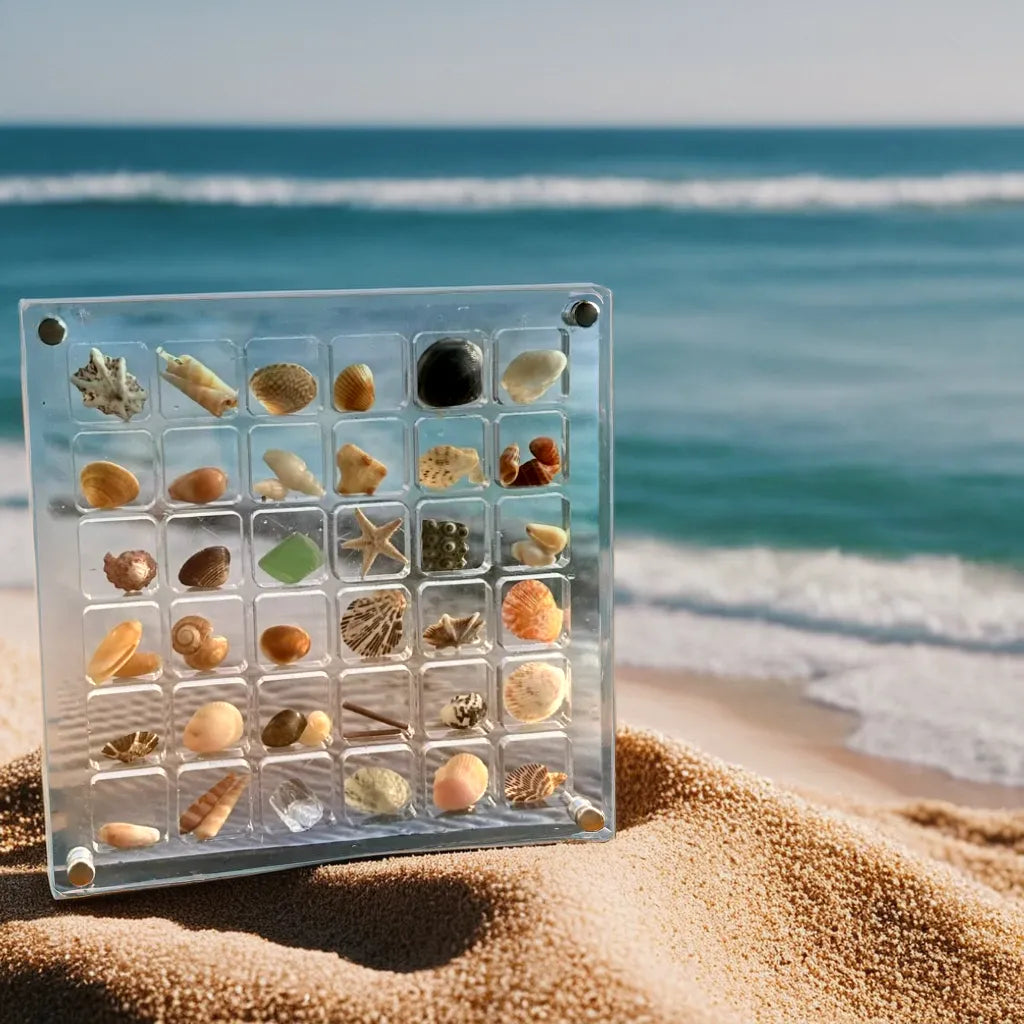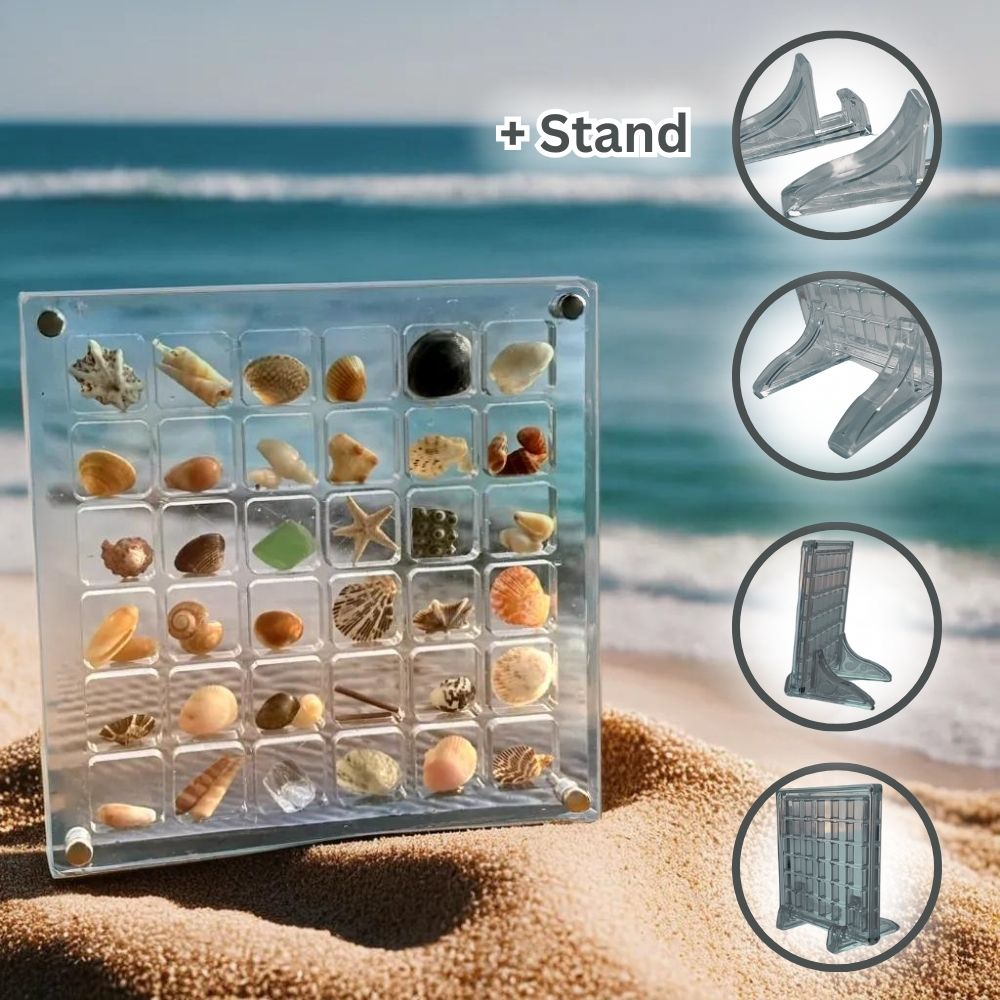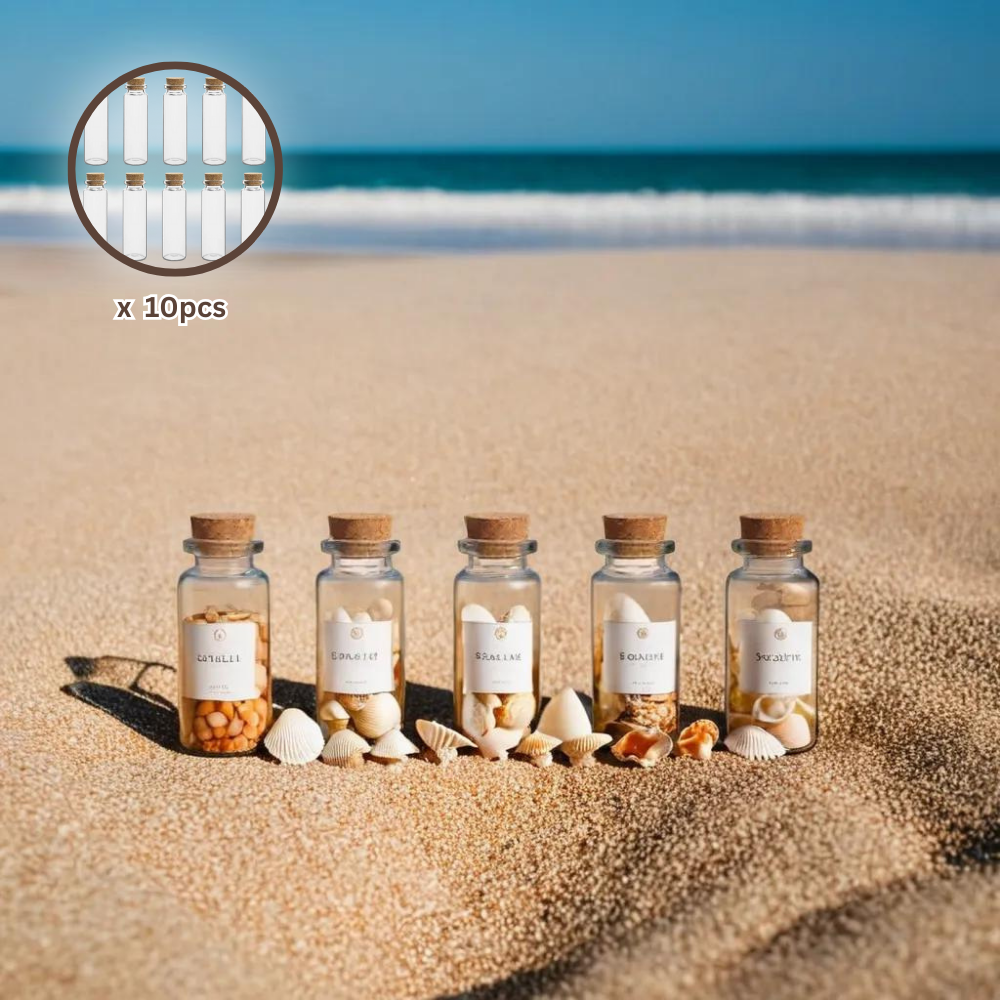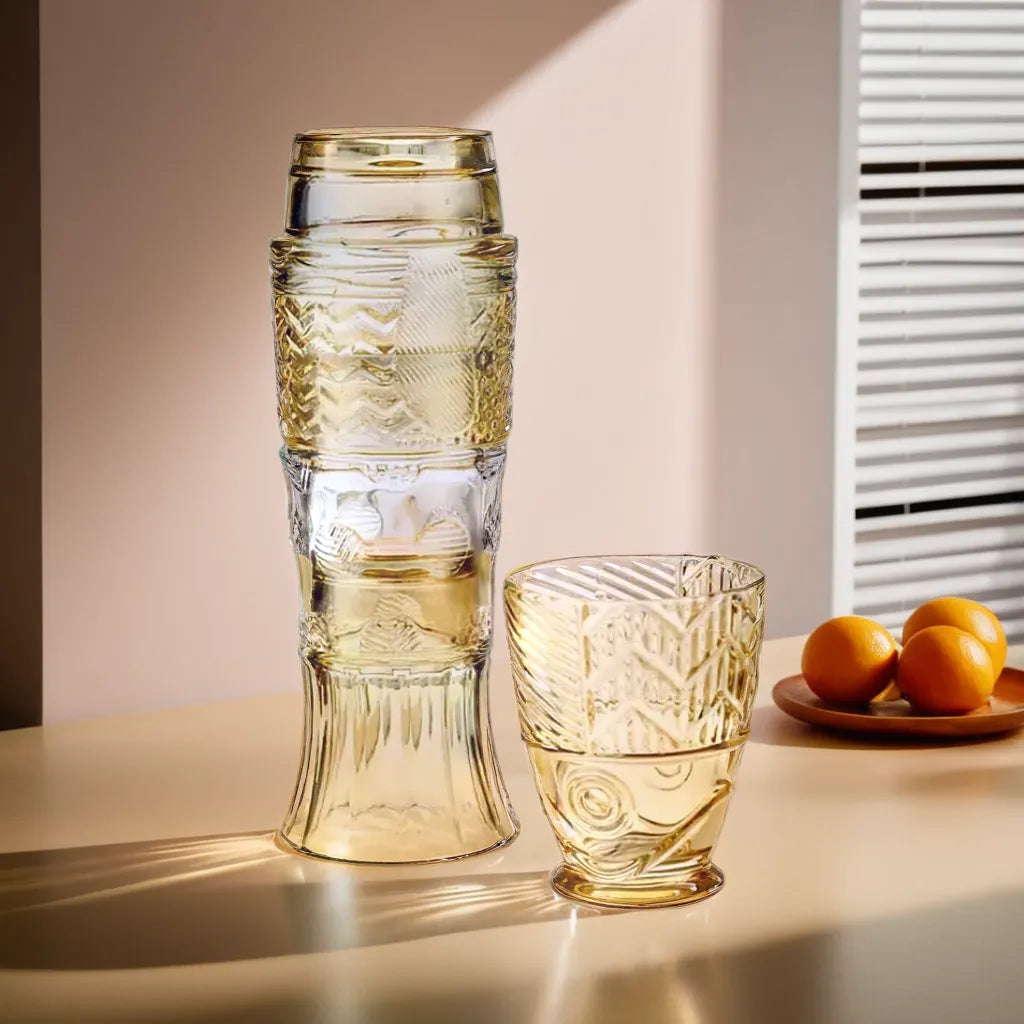
The Arctic whelk, scientifically known as Buccinum polare, is a fascinating marine creature found in the cold waters of the Northern Atlantic and Arctic regions.
This unique gastropod not only plays a significant role in its ecosystem but also holds cultural and economic value for various communities. Its distinct shell and characteristics make it an interesting subject for marine enthusiasts and researchers alike.
Buccinum polare can be identified by its conical shape and relatively small size, typically reaching a maximum length of around 6.7 cm. The species thrives in benthic environments, where it can be found on the ocean floor, and is known for its adaptability to different depths and temperatures. This adaptability contributes to its wide distribution across both the Arctic and Northwest Atlantic.
Understanding the Arctic whelk's habitat and its role in the marine food web enhances the appreciation of this species. Local populations often utilize this whelk in traditional crafts and culinary dishes, making it an important part of their heritage and economy.
Key Takeaways
- The Arctic whelk is an important species in Arctic ecosystems.
- It is recognized for its distinctive shell and small size.
- They are utilized in cultural practices and local economies.
Identification Guide
Identifying the Arctic Whelk, known scientifically as
Buccinum polare, involves recognizing its unique features and distinguishing it from similar species. This guide will cover key identification traits and important comparisons.
How to Identify an Arctic Whelk
To identify an Arctic Whelk, one should look for a shell that is usually robust and has a smooth texture. The shell can vary in color from brown to yellowish or even white, depending on the habitat.
The size typically reaches about 100 mm but can be larger in some cases. The aperture of the shell is often oval-shaped, with a slight curve.
Inspecting the whorls is also crucial; they tend to be rounded and spaced evenly. A gentle spiral pattern may be present on the shell surface, contributing to its distinct look.
Characteristics
Key characteristics of the Arctic Whelk include its distinct shell shape and coloration. The shell has a distinctive spiral pattern and is typically thicker than shells of similar species.
Save 50%


The species is found in subtidal zones, usually at depths from 90 to 176 meters. It populates areas across the Bering Sea and around the Aleutians.
In terms of biology, these whelks are carnivorous and feed primarily on benthic organisms. Their mature size and unique shell structure set them apart in their ecosystem.
Comparison to Similar Species
When comparing the Arctic Whelk to similar species, several features stand out. The Pacific Whelk (
Buccinum crispum) has similar size but differs in shell texture, which is less smooth and more ribbed.
Another closely related species is the Sinistral Arctic Whelk, which can also be found in Arctic waters. This whelk displays a sinistral (left-handed) shell twist, unlike the Arctic Whelk's dextral (right-handed) twist.
It is important to examine the shell’s aperture and shape to make an accurate identification. Recognizing these differences can help in accurately identifying the Arctic Whelk in various marine environments.
Distribution & Habitat
The Arctic Whelk, or
Buccinum polare, is primarily found in cold ocean waters. Its range spans the Northern Atlantic and Arctic regions, highlighting its preference for cooler environments.
Where to Find Arctic Whelk
Arctic Whelks live in a range of depths from 2 to 400 meters below the surface. They inhabit benthic zones, which means they are found on or near the ocean floor.
This species can be found from approximately 82°N to 44°N latitude and longitudes between 162°W and 63°E.
Key locations include:
-
Northern Atlantic Oceans: Common areas include Greenland and Iceland.
-
Arctic Ocean: They thrive in the icy waters around Canada and Russia.
The Arctic Whelk prefers habitats with rocky or sandy substrates, offering suitable conditions for feeding and protection.
Cultural & Economic Importance
Save 20%


The Arctic whelk (Buccinum polare) plays a significant role in both cultural practices and local economies. Various communities in the Arctic utilize this species in traditional practices and as a food source. Additionally, its legal status impacts fisheries management and conservation efforts in the region.
The Arctic Whelk in Culture
The Arctic whelk holds cultural significance for some Indigenous communities. It is often featured in traditional dishes prepared for gatherings and celebrations. The shells of the whelk are sometimes used in art, crafts, or jewelry, reflecting the connection between nature and cultural expression.
In some regions, stories and legends about the whelk contribute to the local folklore. This cultural importance emphasizes the relationship between the people and their environment, showcasing how life in the Arctic is influenced by natural resources.
Legal Status
The legal status of the Arctic whelk affects its management and harvesting. In some areas, there are regulations to sustain whelk populations and ensure long-term viability. These laws help prevent overfishing and encourage responsible environmental stewardship.
Fisheries management often monitors Arctic whelk populations to maintain a balance between cultural traditions and economic needs. These regulations can impact the livelihoods of those relying on whelk fishing for income, highlighting the delicate balance between culture, economy, and conservation efforts in the Arctic.
Arctic Whelk Crafting
Arctic whelks, known scientifically as
Buccinum polare, have been used in various crafting practices. Many artisans value the shells for their unique shapes and sizes.
Shell Characteristics
-
Color: The shells are often white with fine spiral lines.
-
Texture: They have a smooth surface, which makes them appealing for decorative uses.
-
Size: They can reach sizes up to 100mm.
Crafting Uses
-
Jewelry: Whelk shells can be turned into necklaces, earrings, and bracelets.
-
Home Decor: Shells are used in decorative items like wind chimes and wall art.
-
Educational Tools: They serve as teaching aids in marine biology classes.
Working with Whelk Shells
-
Cleaning: Thoroughly clean the shells to remove any residue or odor.
-
Drilling: Small holes can be drilled for stringing or attaching to other materials.
-
Sealing: Applying a clear sealant can enhance the shell's appearance and longevity.
Environmental Considerations
It is important to collect shells sustainably. Harvesting should be done responsibly to ensure that marine ecosystems remain balanced. Crafters may also use discarded shells found on beaches, promoting recycling and reducing waste.
Artisans often find that using Arctic whelk shells connects them to the ocean and enhances their creative projects.
Frequently Asked Questions
The Arctic Whelk, or Buccinum polare, has a fascinating role in its environment, unique dietary habits, and specific reproductive behaviors. This section addresses common questions about its habitat, ecosystem contributions, and the impacts of climate change.
What is the typical habitat of Buccinum polare?
Buccinum polare typically inhabits cold Arctic waters. It is often found on the sea floor, usually in sandy or muddy substrates. This species prefers depths ranging from shallow waters to over 1,200 meters.
How does the Arctic Whelk contribute to its ecosystem?
Save 42%


The Arctic Whelk plays a significant role in the marine food web. It helps recycle nutrients by consuming organic matter on the sea floor. Its presence supports various predators and maintains the balance of the ecosystem.
What are the main dietary habits of the Arctic Whelk?
The Arctic Whelk primarily feeds on benthic organisms. Its diet includes snails, clams, and other small invertebrates. This mollusk uses its strong radula to scrape food from surfaces.
What are the reproductive behaviors and cycles of Buccinum polare?
Buccinum polare has a distinct reproductive cycle. It typically spawns during late summer and fall. The female lays eggs in capsules, which develop over several months before hatching into larvae.
How does climate change affect the Arctic Whelk populations?
Climate change impacts Buccinum polare primarily through rising ocean temperatures and altered sea ice patterns. These changes can affect its habitat and food supply, potentially leading to population declines.
What are the common predators of Buccinum polare?
The Arctic Whelk faces threats from various predators. Common predators include fish and seabirds that hunt mollusks. Larger marine mammals can also prey on this species in specific regions.
 The Arctic whelk, scientifically known as Buccinum polare, is a fascinating marine creature found in the cold waters of the Northern Atlantic and Arctic regions. This unique gastropod not only plays a significant role in its ecosystem but also holds cultural and economic value for various communities. Its distinct shell and characteristics make it an interesting subject for marine enthusiasts and researchers alike.
Buccinum polare can be identified by its conical shape and relatively small size, typically reaching a maximum length of around 6.7 cm. The species thrives in benthic environments, where it can be found on the ocean floor, and is known for its adaptability to different depths and temperatures. This adaptability contributes to its wide distribution across both the Arctic and Northwest Atlantic.
Understanding the Arctic whelk's habitat and its role in the marine food web enhances the appreciation of this species. Local populations often utilize this whelk in traditional crafts and culinary dishes, making it an important part of their heritage and economy.
The Arctic whelk, scientifically known as Buccinum polare, is a fascinating marine creature found in the cold waters of the Northern Atlantic and Arctic regions. This unique gastropod not only plays a significant role in its ecosystem but also holds cultural and economic value for various communities. Its distinct shell and characteristics make it an interesting subject for marine enthusiasts and researchers alike.
Buccinum polare can be identified by its conical shape and relatively small size, typically reaching a maximum length of around 6.7 cm. The species thrives in benthic environments, where it can be found on the ocean floor, and is known for its adaptability to different depths and temperatures. This adaptability contributes to its wide distribution across both the Arctic and Northwest Atlantic.
Understanding the Arctic whelk's habitat and its role in the marine food web enhances the appreciation of this species. Local populations often utilize this whelk in traditional crafts and culinary dishes, making it an important part of their heritage and economy.























